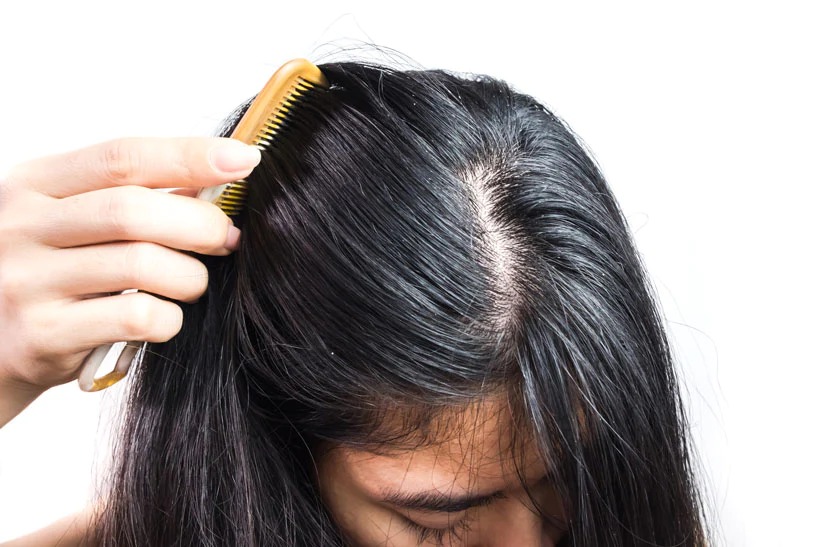If dry shampoo is your go-to hair product, you’ve probably had your fair share of oily or greasy scalp issues. While it may be frustrating to feel the need to remove this overly-shiny appearance from your strands, rest assured that it is completely normal.
Your scalp, like the rest of your skin, has several layers, including the epidermis, dermis, and subcutaneous layer. What distinguishes your scalp is that it has more sebaceous glands than the rest of your body’s skin. Your scalp contains a greater number of follicles from which hair grows. It is common for the scalp to be greasy; however, some people are more prone to this than others.
Oil and Greasy Scalp
If you don’t cleanse your hair and scalp regularly, oil can accumulate and contribute to greasiness. Others may experience greasy scalp as a result of product accumulation, intense exercise, or hormonal changes. If you’re wondering what the difference between a greasy and an oily scalp is, there isn’t one. Both are caused by either too much or too little oil being produced on the scalp.
One of the most common causes is, of course, not washing your hair frequently enough, which leads to an accumulation of oil and dead skin cells. Another possibility is an inflammatory condition, such as seborrheic dermatitis, which can cause redness and scale on the scalp with a greasy appearance. Also read 5 Simple At-Home Hair Fall Treatments You Should Try
- Advertisement -
Whether you consider your scalp to be oily, greasy, or somewhere in between, these tried-and-true solutions can help.
Use a shampoo or serum containing BHA
This ingredient may be familiar to you from your skincare routine. Beta-hydroxy acids, such as salicylic acid, are among the best over-the-counter acne fighters on the market because they exfoliate the skin’s surface and penetrate into pores to remove oil, preventing pores from becoming clogged.
Fortunately, they can do the same for your scalp, which is why using a shampoo containing this all-star ingredient can be beneficial. Because beta-hydroxy acids are oil-soluble, they can enter the pores and help to reduce the oil that causes greasiness. It aids in the removal of dead skin cells and buildup, as well as the reduction of oil on the scalp.
Massage your scalp on a daily basis
Many people with oily scalps have greasy-looking hair from the roots to the mid-lengths, then the ends are extremely dry and brittle. To tackle the hair challenge, instead of over-washing and then over-conditioning, use an industry staple, a Mason Pearson brush, to massage your scalp and distribute your hair’s natural oil/sebum from mid-lengths to the ends. Also read In winter hair becomes knotted – Why and how to Prevent ?
Apply less conditioner
Conditioners are great for keeping your hair smooth and hydrated, but they should only be used on the mid-length and ends of your hair, not the scalp. Because your scalp provides moisture to the hair near it, adding more will only make you feel greasy. Conditioners contain emollients and conditioning agents that, when applied to the scalp, may aggravate oily scalp issues.
Stay tuned at InterviewerPR.com for more hair-related updates



